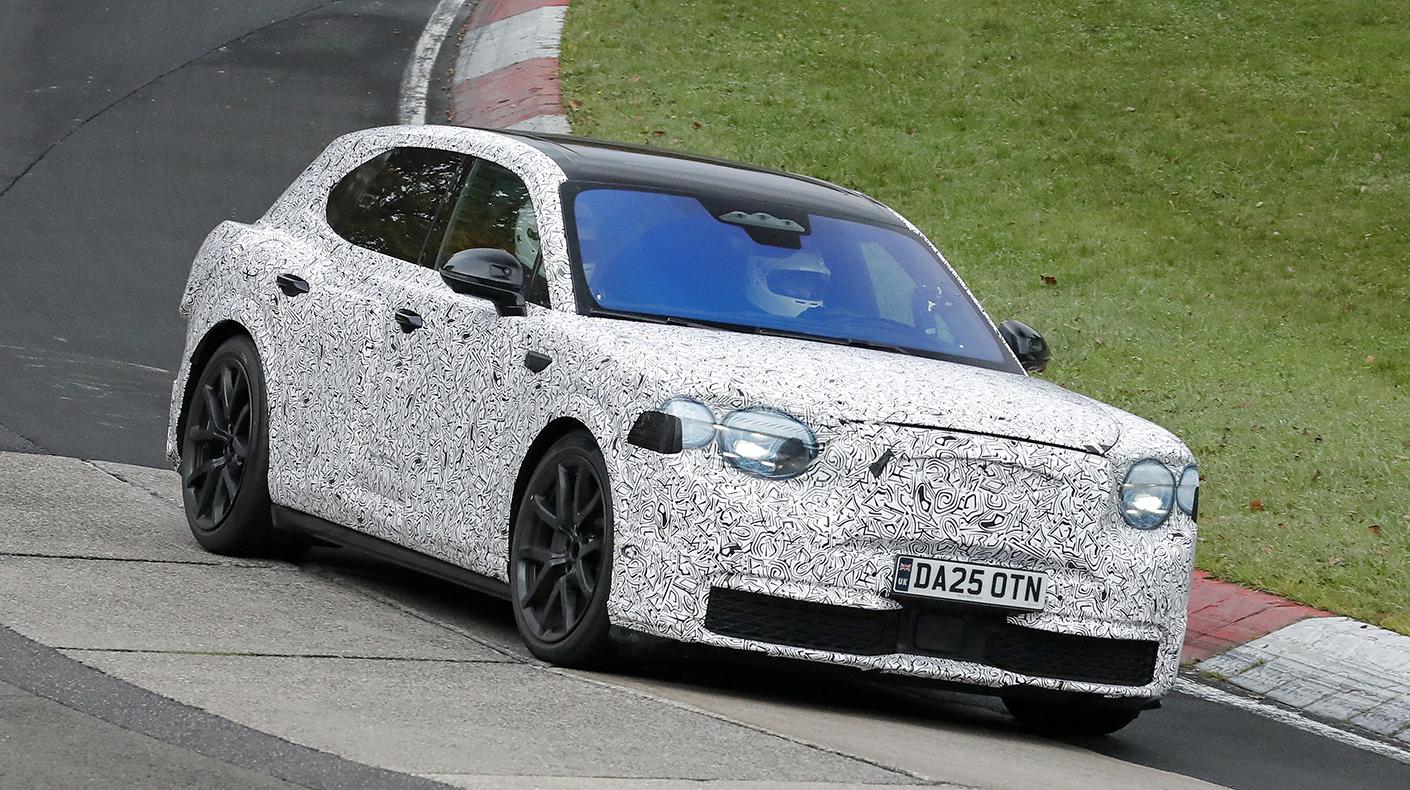Consumers are turning their eyes towards new vehicles again. The findings from recent reports are showing upward, although minimal, gains in market confidence.
"With all the doom and gloom in the U.S. auto industry, it's encouraging that consumers are indicating that they plan to buy a vehicle in the relative near term, in fact, more than a quarter of consumers we talked to as of the end of March plan to buy a new car or truck within the next year, even better news for automakers struggling to move excess inventory from dealer showrooms," Lonnie Miller, director of industry analysis at R.L. Polk, said in a company report late last month. R.L. Polk’s survey collected responses from roughly 1,400 U.S. auto owners.
An anomaly that was noted in the results was that the highest percentages of consumers willing to buy new vehicles were in the Plains area, while the lowest percentage was around the Great Lakes. With 62% of consumers willing and planning to purchase a new vehicle in the near future from the Plains area, a large factor may be their unemployment rates; they are under the national average. Hovering around 6%, their unemployment rate is roughly 2.5% lower than the national rate of 8.5%. Those in the Great Lakes area may be less inclined to purchase a vehicle—only 51% of consumers—because of their unemployment rate, which stands higher than the national average.
From a state-by-state perspective, some regions are faring better than others. Future vehicle sales may indeed correlate with current unemployment rates, and understanding which areas are struggling or thriving now might help in creating a successful marketing approach.
 |
| North Dakota had the lowest unemployment rate in March while Michigan was hit hardest. |
A positive note for U.S. manufacturers is that half of those surveyed said that they would consider purchasing a domestically produced vehicle. That percentage is lower in the western states.
Miller was quoted as saying, “The domestic manufacturers have long struggled to change the mindset of consumers in California and other western states regarding American vehicles. Now that the U.S. automakers are facing so many challenges, getting these consumers to consider an American vehicle is even more of an uphill battle."
But taking into account the willingness of the rest of the country to purchase domestic vehicles, things are looking up for those manufacturers.
— SEMA Research & Information Center
Sources:
Majority of U.S. Consumers Plan to Buy Next Vehicle in Two years





